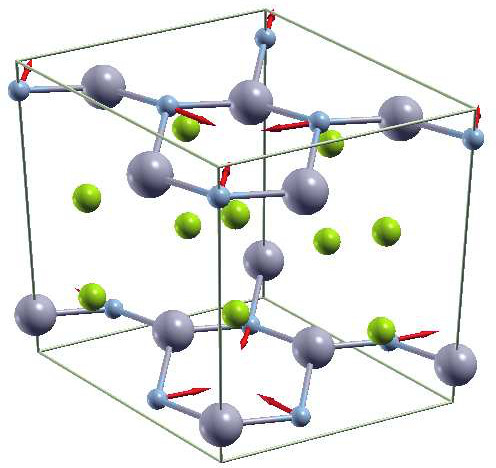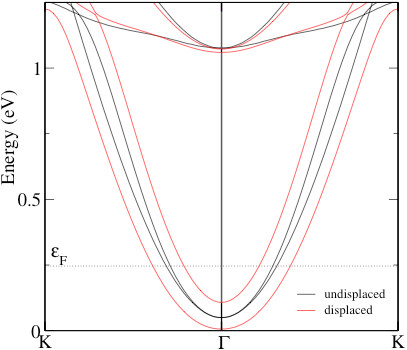




| 09:00-10:40 | We1: E-ph coupling in novel 2D materials (I) |
| 10:40-11:20 | Coffee break |
| 11:20-13:00 | We2: E-ph coupling in novel 2D materials (II) |
| 13:00-15:30 | Poster session B |
| Afternoon off - some suggested activities can be found here | |
| 19:30-20:30 | Public lecture by Polanyi in Kutxa Sala Andia (city center) |
Chair: J. Wells, Trondheim, Norway
Invited talk
Universal increase in the superconducting critical temperature of two-dimensional semiconductors at low doping by the electron-electron interaction
CNRS and Institut de Minéralogie, de Physique des Matériaux et de Cosmochimie, Université P. et M. Curie, Paris, France
In two-dimensional multivalley semiconductors, at low doping, even a moderate electron-electron interaction enhances the response to any perturbation inducing a valley polarization. If the valley polarization is due to the electron-phonon coupling, the electron-electron interaction results in an enhancement of the superconducting critical temperature. By performing first-principles calculations beyond density functional theory, we prove that this effect accounts for the unconventional doping dependence of the superconducting transition temperature (Tc) and of the magnetic susceptibility measured in LixZrNCI. Finally, we discuss what are the conditions for a maximal Tc enhancement in weakly doped two-dimensional semiconductors.


Figure 1: (left) Phonon displacement of the 59 meV mode at K in a √3 × √3 bilayer supercell. The effect of the distortion on the electronic structure is shown on the right.
[1] M. Calandra, P. Zoccante, and F. Mauri, Phys. Rev. Lett. 114, 077001 (2015)